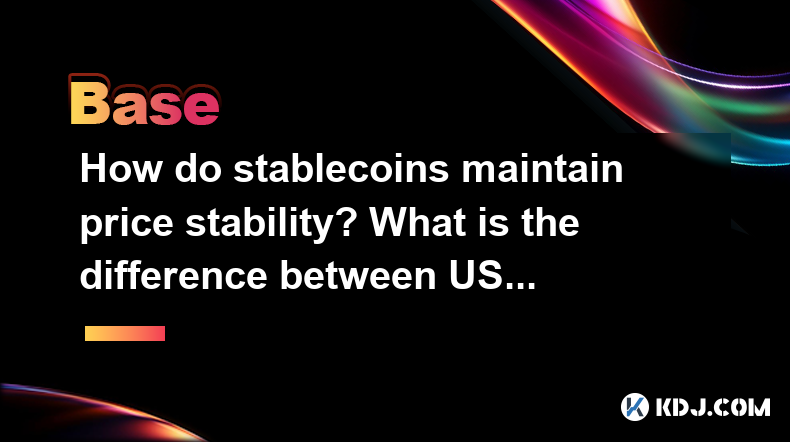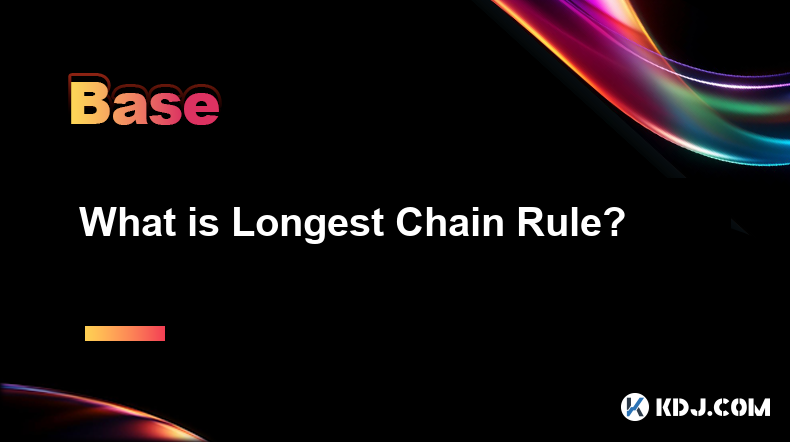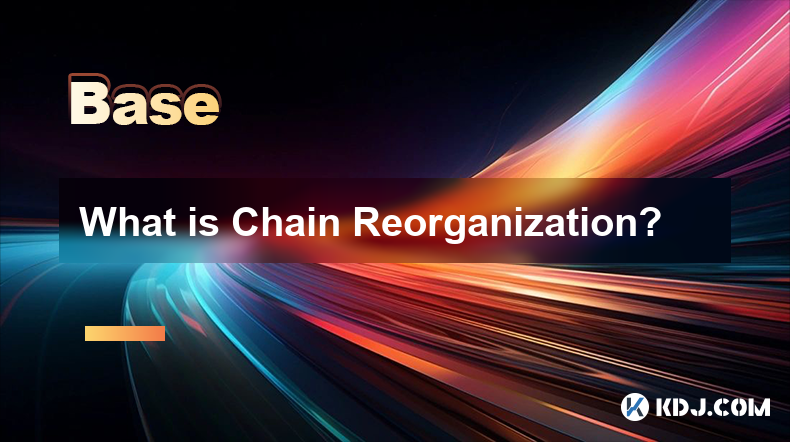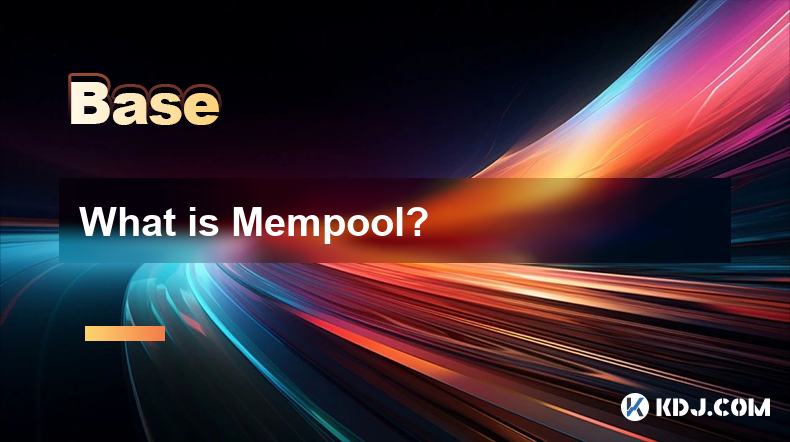-
 Bitcoin
Bitcoin $79,400.2698
6.03% -
 Ethereum
Ethereum $1,566.1592
8.26% -
 Tether USDt
Tether USDt $0.9997
0.08% -
 XRP
XRP $1.8632
11.47% -
 BNB
BNB $558.0291
5.72% -
 USDC
USDC $1.0000
0.01% -
 Solana
Solana $108.5639
11.71% -
 Dogecoin
Dogecoin $0.1498
13.22% -
 TRON
TRON $0.2342
5.54% -
 Cardano
Cardano $0.5831
12.17% -
 UNUS SED LEO
UNUS SED LEO $8.9733
1.39% -
 Toncoin
Toncoin $3.1025
8.73% -
 Chainlink
Chainlink $11.6078
12.46% -
 Avalanche
Avalanche $17.0526
15.61% -
 Stellar
Stellar $0.2279
11.53% -
 Hedera
Hedera $0.1588
23.88% -
 Shiba Inu
Shiba Inu $0.0...01129
8.20% -
 Sui
Sui $2.0201
14.97% -
 MANTRA
MANTRA $6.2735
5.86% -
 Polkadot
Polkadot $3.6020
7.78% -
 Bitcoin Cash
Bitcoin Cash $276.9731
9.58% -
 Litecoin
Litecoin $71.2785
10.47% -
 Dai
Dai $1.0001
0.02% -
 Ethena USDe
Ethena USDe $0.9989
0.10% -
 Bitget Token
Bitget Token $4.1988
11.99% -
 Hyperliquid
Hyperliquid $11.9726
23.19% -
 Pi
Pi $0.5789
5.72% -
 Monero
Monero $206.9136
9.03% -
 Uniswap
Uniswap $5.1475
9.82% -
 OKB
OKB $52.0149
6.07%
How do stablecoins maintain price stability? What is the difference between USDT, USDC, and DAI?
Stablecoins like USDT, USDC, and DAI maintain price stability through fiat, crypto collateral, or algorithms, each offering unique features and use cases in the crypto market.
Apr 06, 2025 at 05:15 pm

Stablecoins are a type of cryptocurrency designed to minimize the volatility typically associated with other digital assets like Bitcoin and Ethereum. They achieve this by pegging their value to a stable asset, such as a fiat currency or a commodity. In this article, we will explore how stablecoins maintain price stability and delve into the differences between three popular stablecoins: USDT, USDC, and DAI.
How Stablecoins Maintain Price Stability
Stablecoins maintain their price stability through various mechanisms, depending on the type of stablecoin. There are three main types of stablecoins: fiat-collateralized, crypto-collateralized, and algorithmic stablecoins.
Fiat-collateralized stablecoins are backed by reserves of fiat currency, such as the US dollar. For every stablecoin in circulation, there is an equivalent amount of fiat currency held in reserve. This ensures that the stablecoin can be redeemed for its pegged value at any time, maintaining its stability.
Crypto-collateralized stablecoins are backed by other cryptocurrencies, such as Ethereum. These stablecoins require over-collateralization to account for the volatility of the backing assets. For example, to issue a stablecoin worth $1, the issuer might require $1.50 worth of Ethereum as collateral. This over-collateralization helps maintain the stablecoin's value.
Algorithmic stablecoins use algorithms to control the supply of the stablecoin in response to changes in demand. When the price of the stablecoin deviates from its peg, the algorithm adjusts the supply to bring the price back to the target value. This can involve minting new coins to increase supply or burning existing coins to decrease supply.
USDT: Tether
USDT, also known as Tether, is one of the most widely used stablecoins. It is a fiat-collateralized stablecoin, pegged to the US dollar. Tether Limited, the company behind USDT, claims that each USDT token is backed by one US dollar held in reserve.
Issuance and Redemption: USDT can be issued and redeemed through Tether Limited. Users can deposit US dollars with Tether Limited to receive an equivalent amount of USDT, and they can redeem their USDT for US dollars at any time.
Transparency and Audits: Tether Limited has faced criticism for its lack of transparency regarding its reserves. While the company claims to undergo regular audits, the results of these audits have not always been made public, leading to concerns about the true backing of USDT.
Use Cases: USDT is widely used in the cryptocurrency market for trading and as a means of transferring value across different blockchain networks. Its stability makes it a popular choice for traders looking to avoid the volatility of other cryptocurrencies.
USDC: USD Coin
USDC, or USD Coin, is another fiat-collateralized stablecoin pegged to the US dollar. It is issued by Circle, a financial technology company, in partnership with Coinbase, one of the largest cryptocurrency exchanges.
Issuance and Redemption: Similar to USDT, USDC can be issued and redeemed through Circle. Users can deposit US dollars with Circle to receive USDC, and they can redeem their USDC for US dollars at any time.
Transparency and Audits: USDC is known for its transparency and regular audits. Circle publishes monthly attestations of its reserves, conducted by a third-party accounting firm, to ensure that each USDC token is backed by one US dollar.
Use Cases: USDC is used for trading, as a means of transferring value, and as a stable store of value within the cryptocurrency ecosystem. Its transparency and regulatory compliance make it a popular choice for institutional investors and businesses.
DAI: A Decentralized Stablecoin
DAI is a crypto-collateralized stablecoin issued by the MakerDAO platform. Unlike USDT and USDC, DAI is not backed by fiat currency but by other cryptocurrencies, primarily Ethereum.
Collateralization: To mint DAI, users must lock up collateral, such as Ethereum, in a smart contract on the MakerDAO platform. The collateral must be worth more than the DAI being minted, typically at a ratio of 150% or higher.
Stability Mechanism: DAI's stability is maintained through a system of collateralized debt positions (CDPs) and a decentralized governance system. If the value of DAI deviates from its $1 peg, the system adjusts the stability fee (interest rate) and the collateralization ratio to bring the price back to the target value.
Use Cases: DAI is used for trading, as a stable store of value, and as a means of accessing decentralized finance (DeFi) applications. Its decentralized nature and over-collateralization make it a popular choice for users seeking a stablecoin without relying on a centralized issuer.
Differences Between USDT, USDC, and DAI
While USDT, USDC, and DAI all aim to provide price stability, there are several key differences between them:
Backing: USDT and USDC are backed by fiat currency (US dollars), while DAI is backed by other cryptocurrencies (primarily Ethereum). This difference in backing affects the stability and risk associated with each stablecoin.
Transparency: USDC is known for its high level of transparency, with regular audits and public attestations of its reserves. USDT has faced criticism for its lack of transparency, while DAI's transparency is ensured through its decentralized governance system.
Centralization: USDT and USDC are issued by centralized entities (Tether Limited and Circle, respectively), while DAI is issued through a decentralized platform (MakerDAO). This difference in centralization affects the trust and control users have over the stablecoin.
Use Cases: While all three stablecoins are used for trading and as a means of transferring value, USDT and USDC are more commonly used in centralized exchanges, while DAI is more prevalent in decentralized finance applications.
Frequently Asked Questions
Q: Can stablecoins be used for everyday transactions?
A: Yes, stablecoins can be used for everyday transactions, especially in regions where traditional banking services are limited. However, their adoption for everyday use is still limited compared to traditional payment methods.
Q: Are stablecoins regulated?
A: The regulation of stablecoins varies by jurisdiction. Some countries have specific regulations for stablecoins, while others treat them as part of broader cryptocurrency regulations. USDC, for example, is subject to regulatory oversight in the United States.
Q: What happens if a stablecoin loses its peg?
A: If a stablecoin loses its peg, the issuer or the underlying mechanism (in the case of algorithmic or crypto-collateralized stablecoins) will take action to restore the peg. This can involve adjusting the supply of the stablecoin, changing interest rates, or other measures to bring the price back to the target value.
Q: Can I earn interest on stablecoins?
A: Yes, some platforms offer interest-bearing accounts for stablecoins. These platforms use the stablecoins to generate returns through lending or other investment activities, and they share a portion of the returns with users.
Disclaimer:info@kdj.com
The information provided is not trading advice. kdj.com does not assume any responsibility for any investments made based on the information provided in this article. Cryptocurrencies are highly volatile and it is highly recommended that you invest with caution after thorough research!
If you believe that the content used on this website infringes your copyright, please contact us immediately (info@kdj.com) and we will delete it promptly.
- Dogecoin (DOGE) Witnesses Exciting Surge in Activity This Week as Whales Accumulate Coins
- 2025-04-08 16:20:12
- USDC's stablecoin is making waves as it records a surge in market cap
- 2025-04-08 16:20:12
- The meme coin market just got a jolt from one of the most controversial figures in modern politics, Donald Trump himself.
- 2025-04-08 16:15:12
- Fidelity Joins the Solana ETF Race with New Filing
- 2025-04-08 16:15:12
- Dogecoin (DOGE) Whales Have Been Buying the Dip, Pushing Prices 26% Higher
- 2025-04-08 16:10:12
- Bitcoin Has Reclaimed the $85,500 Level After a Strong Move to the Upside
- 2025-04-08 16:10:12
Related knowledge

What is Serenity?
Apr 08,2025 at 02:00pm
Serenity, also known as Ethereum 2.0, represents a major upgrade to the Ethereum blockchain. This ambitious project aims to address the scalability, security, and sustainability issues faced by the current Ethereum network. Serenity is not a single update but a series of upgrades that will transform Ethereum into a more efficient and robust platform. Th...

What is Finality Gadget?
Apr 08,2025 at 04:14am
The Finality Gadget is a crucial component in the architecture of certain blockchain networks, particularly those that utilize a hybrid consensus mechanism. It plays a pivotal role in ensuring the finality of transactions, which means that once a transaction is confirmed, it cannot be altered or reversed. This article delves into the intricacies of the ...

What is Longest Chain Rule?
Apr 08,2025 at 07:50am
The Longest Chain Rule is a fundamental concept in blockchain technology, particularly in the context of cryptocurrencies like Bitcoin. This rule is crucial for maintaining the integrity and security of the blockchain network. In essence, the Longest Chain Rule dictates that the valid blockchain is the one with the most cumulative proof-of-work, which i...

What is Chain Reorganization?
Apr 08,2025 at 03:08pm
What is Chain Reorganization? Chain reorganization, often referred to as a 'reorg,' is a fundamental concept in blockchain technology that can significantly impact the integrity and operation of a blockchain network. Chain reorganization occurs when a blockchain network replaces a previously accepted block or series of blocks with a new set of blocks, l...

What is Orphan Block?
Apr 08,2025 at 05:00am
What is an Orphan Block?In the world of cryptocurrencies, particularly in blockchain technology, the term orphan block is frequently encountered. An orphan block is a block that has been mined and added to the blockchain but is later discarded or replaced by another block. This phenomenon occurs due to the decentralized nature of blockchain networks, wh...

What is Mempool?
Apr 08,2025 at 12:36pm
What is Mempool?In the world of cryptocurrencies, particularly Bitcoin, the term Mempool is frequently mentioned. But what exactly is a Mempool, and why is it important? A Mempool, short for memory pool, is a critical component of the blockchain network that serves as a temporary storage area for unconfirmed transactions. When a user initiates a transac...

What is Serenity?
Apr 08,2025 at 02:00pm
Serenity, also known as Ethereum 2.0, represents a major upgrade to the Ethereum blockchain. This ambitious project aims to address the scalability, security, and sustainability issues faced by the current Ethereum network. Serenity is not a single update but a series of upgrades that will transform Ethereum into a more efficient and robust platform. Th...

What is Finality Gadget?
Apr 08,2025 at 04:14am
The Finality Gadget is a crucial component in the architecture of certain blockchain networks, particularly those that utilize a hybrid consensus mechanism. It plays a pivotal role in ensuring the finality of transactions, which means that once a transaction is confirmed, it cannot be altered or reversed. This article delves into the intricacies of the ...

What is Longest Chain Rule?
Apr 08,2025 at 07:50am
The Longest Chain Rule is a fundamental concept in blockchain technology, particularly in the context of cryptocurrencies like Bitcoin. This rule is crucial for maintaining the integrity and security of the blockchain network. In essence, the Longest Chain Rule dictates that the valid blockchain is the one with the most cumulative proof-of-work, which i...

What is Chain Reorganization?
Apr 08,2025 at 03:08pm
What is Chain Reorganization? Chain reorganization, often referred to as a 'reorg,' is a fundamental concept in blockchain technology that can significantly impact the integrity and operation of a blockchain network. Chain reorganization occurs when a blockchain network replaces a previously accepted block or series of blocks with a new set of blocks, l...

What is Orphan Block?
Apr 08,2025 at 05:00am
What is an Orphan Block?In the world of cryptocurrencies, particularly in blockchain technology, the term orphan block is frequently encountered. An orphan block is a block that has been mined and added to the blockchain but is later discarded or replaced by another block. This phenomenon occurs due to the decentralized nature of blockchain networks, wh...

What is Mempool?
Apr 08,2025 at 12:36pm
What is Mempool?In the world of cryptocurrencies, particularly Bitcoin, the term Mempool is frequently mentioned. But what exactly is a Mempool, and why is it important? A Mempool, short for memory pool, is a critical component of the blockchain network that serves as a temporary storage area for unconfirmed transactions. When a user initiates a transac...
See all articles






















































































